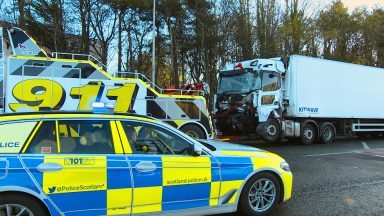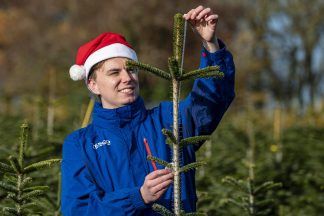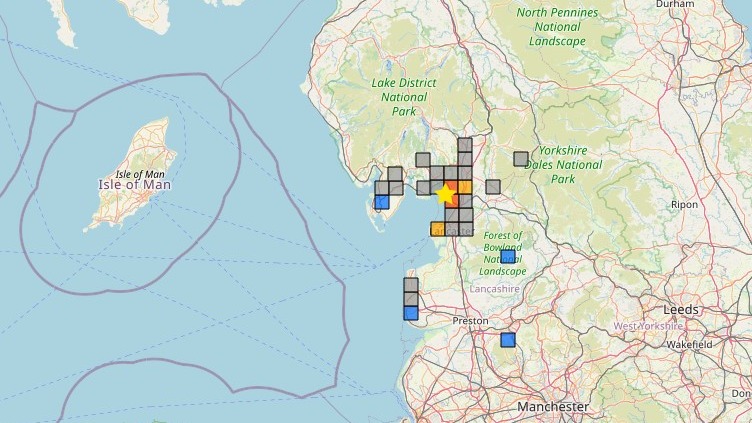Scotland’s woodland birds have recovered from a more than 10% drop linked to the Beast from the East storm.
The severe snowfall in March 2018 caused widespread disruption, with motorists stranded and the Army helping essential medical staff get to hospitals.
It was also linked to a 12% drop in woodland birds between 2017 and 2018, according to the latest figures from NatureScot.
But the 2019 results, published on Thursday, show a return to a more stable position, with a rapid recovery for two of the woodland species most affected by the harsh conditions – wren and goldcrest – whose numbers were up by more than 20%.
The longer-term trend for woodland birds is positive, rising 59% between 1994 – when these statistics were first released – and 2019.
Chiffchaff, great spotted woodpecker and blackcap were among the species seeing the largest increase in this period, all up more than 400%, with capercaillie recording the biggest drop, of 53%.
Simon Foster, NatureScot trends and indicators analyst, said: “Bird populations typically fluctuate year-on-year but it’s encouraging to see that the recent dip in the fortunes of our woodland birds due to the harsh winter of 2017/18 appears to have been reversed in these latest figures.
“Climate change is also having an effect, with evidence of some species, such as the willow warbler, shifting northwards and increases in Scotland accompanied by declines further south.
“The picture is mixed, however, with some woodland species such as the treecreeper continuing to decline.
“Winter can be a tough time for birds and people can do their bit to help wildlife during the colder months by putting out extra food and providing shelter in their gardens.”
The figures, which track the abundance of Scotland’s terrestrial breeding birds using results from the BTO/JNCC/RSPB Breeding Bird Survey, indicate farmland birds have also returned to a more stable position.
Between 1994 and 2019, farmland birds increased by 14% overall.
The greatest long-term rises have been for goldfinch, up 363%, and great tit, up 175%, however declines have been recorded for some species including greenfinch, kestrel and lapwing – which all fell by more than half.
Upland birds continue to show a long-term decline, down 18% between 1994 and 2019, though they were stable between 2018 and 2019.
In the long-term, the populations of five species – dotterel, curlew, black grouse, hooded crow and dipper – have fallen more than 45%.
The NatureScot report said this decline in upland birds has been driven by a number of factors, including climate change, forest expansion and changes in management practices such as grazing and predator control.
It is working on several habitat restoration projects to combat the effects of climate change and help boost upland bird populations.
Follow STV News on WhatsApp
Scan the QR code on your mobile device for all the latest news from around the country




























